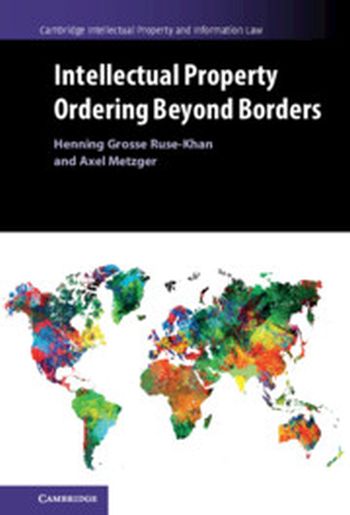
During the past century, intellectual property (IP) law has expanded within and beyond national borders. The field of IP law was once a niche area concerning authors, inventors, and trademark owners. Today, IP law acts as a complex regime of instruments, institutions, and actors that negotiate overlapping, diverging, and occasionally competing public policies on a global scale. As IP continues to expand beyond borders, the instruments and tools utilised for its global protection rely on public international law as the common denominator and unifying frame. Intellectual Property Ordering Beyond Borders provides an evaluation of the most pertinent public international law questions raised by this multidimensional expansion. This comprehensive and far-reaching volume tackles problems such as generalist approaches under the law of treaties; custom and general principles; interfaces between IP and other normative orders, such as trade and investment; and interdisciplinary accounts from the economic, political, and social science perspectives.